Official government website of the Government of the Kingdom of Saudi Arabia
Links to official Saudi websites end withgov.sa
All links to official websites of government agencies in the Kingdom ofSaudi Arabia end with .gov.sa
Government websites use theHTTPSprotocol for encryption and security.
Secure websites in the Kingdom of Saudi Arabia use the HTTPS protocolfor encryption.
Non-Oil Merchandise Exports Increase by 16.6% in August 2022
25-10-2022
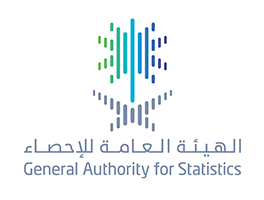
GASTAT: Real Estate Price Index Increases by 1.5% in Q3 of 2022
19-10-2022
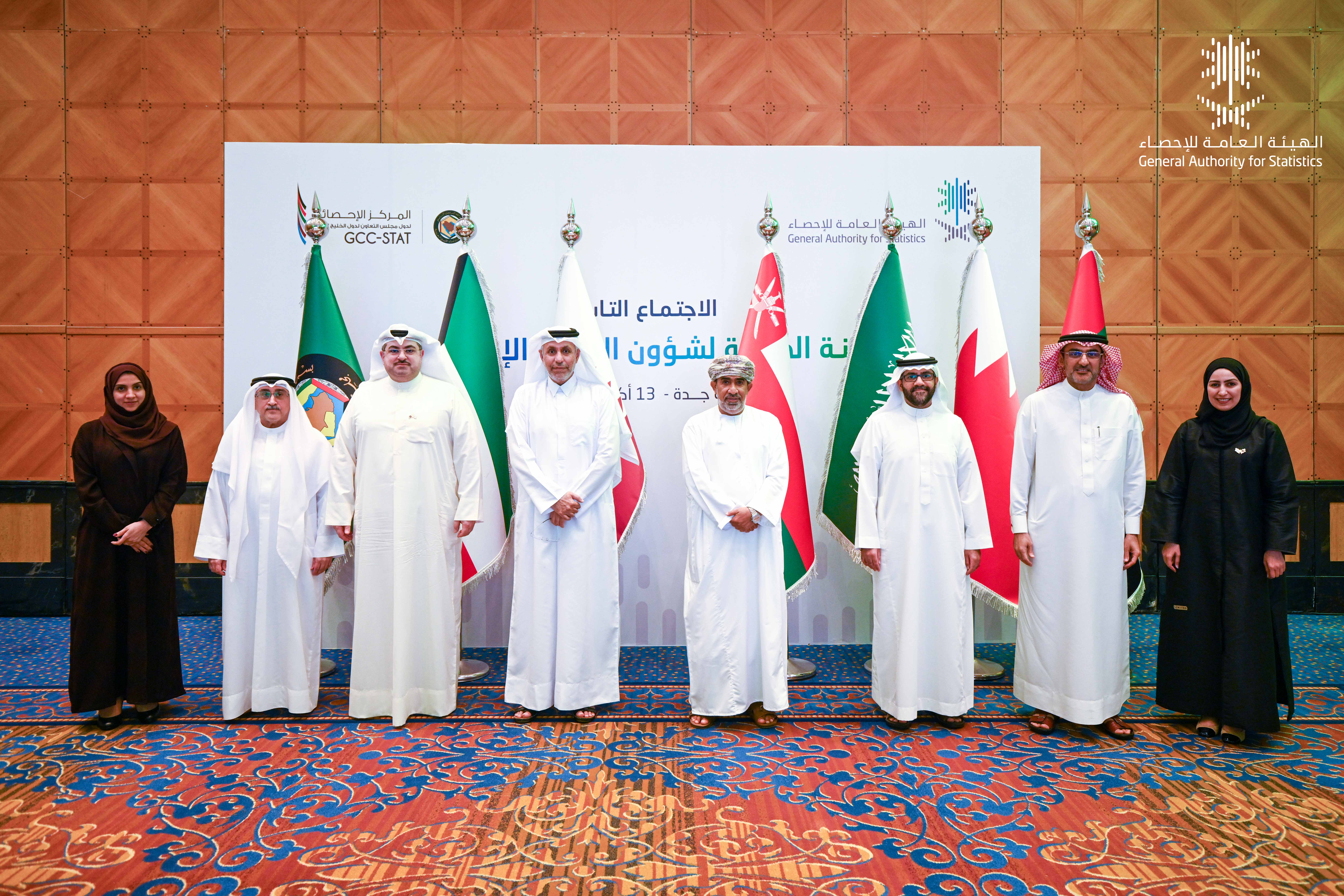
Chaired by Saudi Arabia: GCC Permanent Committee for Statistical Affairs holds its ninth meeting in Jeddah
13-10-2022
The ninth meeting of the GCC Permanent Committee for Statistical Affairs was held today in Jeddah, chaired by Dr. Fahad bin Abdullah Aldossari, the President of the General Authority for Statistics (GASTAT) in Saudi Arabia. The meeting aimed to strengthen joint efforts among GCC member states in the field of statistics.
On the sidelines of the meeting, a joint workshop was organized to enhance performance in terms of the availability and exchange of statistical data among member states and to advance the implementation of the strategic statistical plan.
During the meeting, the committee members discussed several topics aimed at promoting cooperation among GCC countries to advance the statistical sector. They emphasized the importance of collaborative efforts to achieve strategic support and coordination in statistical activities. The agenda included a review of the progress in implementing recommendations from the previous meeting, continued study of statistical indicators to measure the implementation of Supreme Council decisions, and the importance of fostering knowledge development for staff in statistical agencies. The discussion also focused on enhancing skills, sharing expertise, activating joint cooperation mechanisms, and addressing global developments and common challenges facing statistical work across the GCC countries.
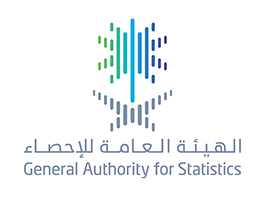
Saudi Ministry of Economy and Planning and General Authority for Statistics to enhance the use of data in the development of economic policies
03-10-2022
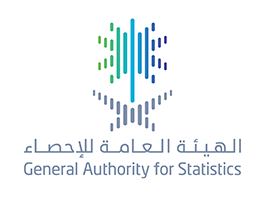
GASTAT: Saudi Unemployment Rate Decreases to 9.7% in Q2 of 2022
29-09-2022
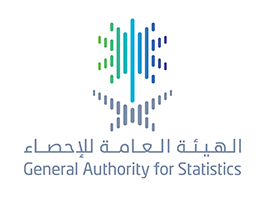
رئيس الهيئة العامة للإحصاء يهنئ القيادة باليوم الوطني الـ 92
22-09-2022
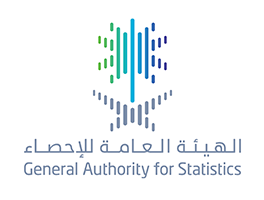
GASTAT: Non-Oil Merchandise Exports in Saudi Arabia Increase by26.4 % in July 2022
21-09-2022
GASTAT: Industrial Production Index Increases by 17.7% in July 2022
12-09-2022
Non-Oil Merchandise Exports Increase by 16.6% in August 2022
25-10-2022

GASTAT: Real Estate Price Index Increases by 1.5% in Q3 of 2022
19-10-2022

Chaired by Saudi Arabia: GCC Permanent Committee for Statistical Affairs holds its ninth meeting in Jeddah
13-10-2022
The ninth meeting of the GCC Permanent Committee for Statistical Affairs was held today in Jeddah, chaired by Dr. Fahad bin Abdullah Aldossari, the President of the General Authority for Statistics (GASTAT) in Saudi Arabia. The meeting aimed to strengthen joint efforts among GCC member states in the field of statistics.
On the sidelines of the meeting, a joint workshop was organized to enhance performance in terms of the availability and exchange of statistical data among member states and to advance the implementation of the strategic statistical plan.
During the meeting, the committee members discussed several topics aimed at promoting cooperation among GCC countries to advance the statistical sector. They emphasized the importance of collaborative efforts to achieve strategic support and coordination in statistical activities. The agenda included a review of the progress in implementing recommendations from the previous meeting, continued study of statistical indicators to measure the implementation of Supreme Council decisions, and the importance of fostering knowledge development for staff in statistical agencies. The discussion also focused on enhancing skills, sharing expertise, activating joint cooperation mechanisms, and addressing global developments and common challenges facing statistical work across the GCC countries.

Saudi Ministry of Economy and Planning and General Authority for Statistics to enhance the use of data in the development of economic policies
03-10-2022

GASTAT: Saudi Unemployment Rate Decreases to 9.7% in Q2 of 2022
29-09-2022

رئيس الهيئة العامة للإحصاء يهنئ القيادة باليوم الوطني الـ 92
22-09-2022

GASTAT: Non-Oil Merchandise Exports in Saudi Arabia Increase by26.4 % in July 2022
21-09-2022
GASTAT: Industrial Production Index Increases by 17.7% in July 2022
12-09-2022